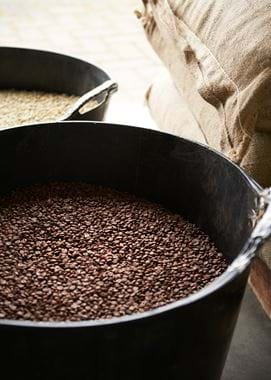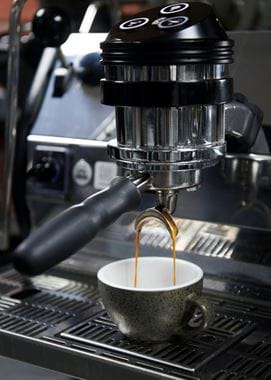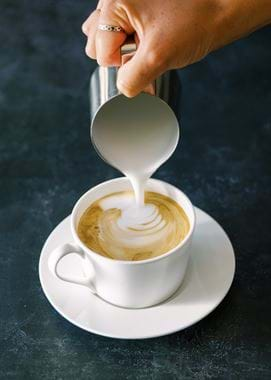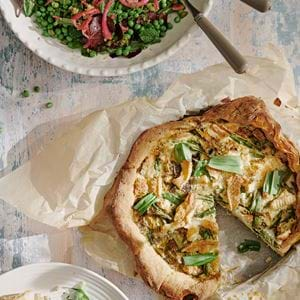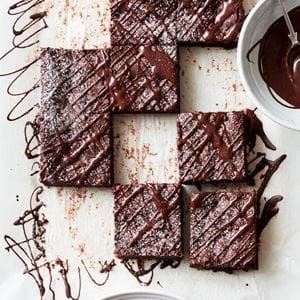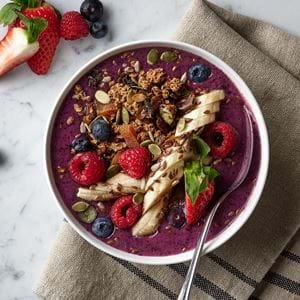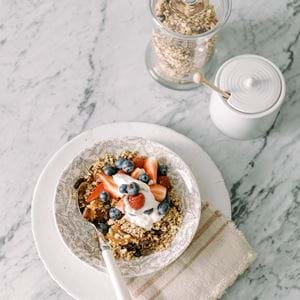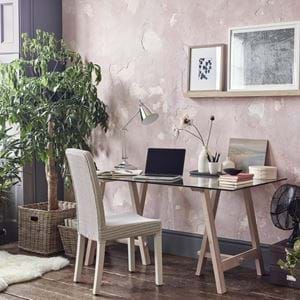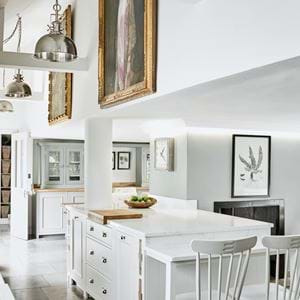In search of the perfect cup of coffee
In search of the perfect cup of coffee
Not much beats that first cup of coffee in the morning, but as more of us are home-based and missing the flourish of the professional barista’s brew to kickstart our day, we thought we’d have a look at ways you can make the magic happen at home.
Olivia is the barista at The Provenist café in Bath and knows a thing or two about making a good cup of coffee. A confirmed coffee addict with a sweet tooth (of which more later) from a family of coffee lovers, it was her obvious career choice. For her, the sign of a good coffee is all in the aromas. “The coffee should smell strong but not over-powering or bitter,” she explains. And the country of origin of the bean is also important. “Columbia had a good year-round harvest so that’s what we ‘re using at The Provenist, sourced from Clifton Coffee, a local coffee importer in Bristol,” she explains.
The roasting process will also have an impact on taste and caffeine levels, and it’s important to check the roast date when buying beans. Lightly roasted beans have the highest levels of caffeine and a smooth taste, while those roasted longer will have a stronger taste but less caffeine punch. When it comes to milk, Olivia prefers to use whole milk as its creaminess is a perfect balance to the intense coffee flavours or, for those looking for a dairy free option, she suggests oat milk which also creates a creamy contrast.
To start the morning, Olivia recommends a milky latte: “It’s a nice way to ease yourself into the day, followed later by a flat white which has a bit more kick.” Mochas are good for a sweet treat as the coffee is mixed with chocolate powder, while a cappuccino is great any time of day, just look out for the thin ring of coffee around the edge of the milk froth: “It’s known as the ‘Monk’s Head’ amongst baristas and is the sign of a good cup,” she adds.
Italy is the honorary home of the barista, and cappuccinos, which were first introduced in Florence in the 17th century, are the most popular morning drink thanks to their high milk content. Espressos are strictly drunk post lunch or as an afternoon pick-me-up. While lattes don’t even appear on the menu. Order a latte in Italy and you’ll get a mug of warm milk.
Back in the UK, Olivia explains the differences between the classic coffee options:
• The Americano was developed in the USA when drinkers found a double espresso too strong so they diluted it with hot water.
• The flat white is stronger than other options and is often served in a smaller mug. Its base is a double (or, at The Provenist, a triple) shot of espresso mixed with hot, steamed milk to form a silky, smooth finish.
• A latte is similar to the flat white – with a glossy, smooth finish – but it’s less strong.
• A cappuccino is also a double espresso with steamed milk but the milk is frothed into thousands of air bubbles to form a foam layer that floats on top of the coffee, and is finished with a sprinkle of chocolate powder.
• The mocha is Olivia’s favourite thanks to its sweetness. “I mix a spoonful of hot chocolate powder with a double espresso and a dribble of hot water to make a paste, then add steamed milk and top with a sprinkle of chocolate powder,” she says. “It’s delicious.”
But for those of us trying to create a decent-looking and tasting coffee at home, Olivia reveals how she makes a professional looking, decorative pattern on the coffee, while warning only practice makes perfect. “The designs work best on a latte or flat white,” she explains. “Start by swirling the double espresso around the cup to coat all the surfaces, then when the milk hits the coffee it won’t mix in. As you pour the steamed milk into the cup, move your hand in a decreasing circular motion for three-quarters of the contents. For the last quarter of milk, lower the jug so it touches the coffee and zig-zag your hand from side to side. At the edge of the cup, pull the jug back through the zig-zag and you should be left with a pretty leaf pattern.”
At The Provenist, Olivia is busy serving more customers once more. And which coffee is most popular amongst our Bath clientele? “Definitely the cappuccino. It’s got those naughty chocolate sprinkles but still feels like you’re drinking a proper coffee,” she laughs.
If you’re ever in town, you’ll find The Provenist just next door to Neptune Bath.

